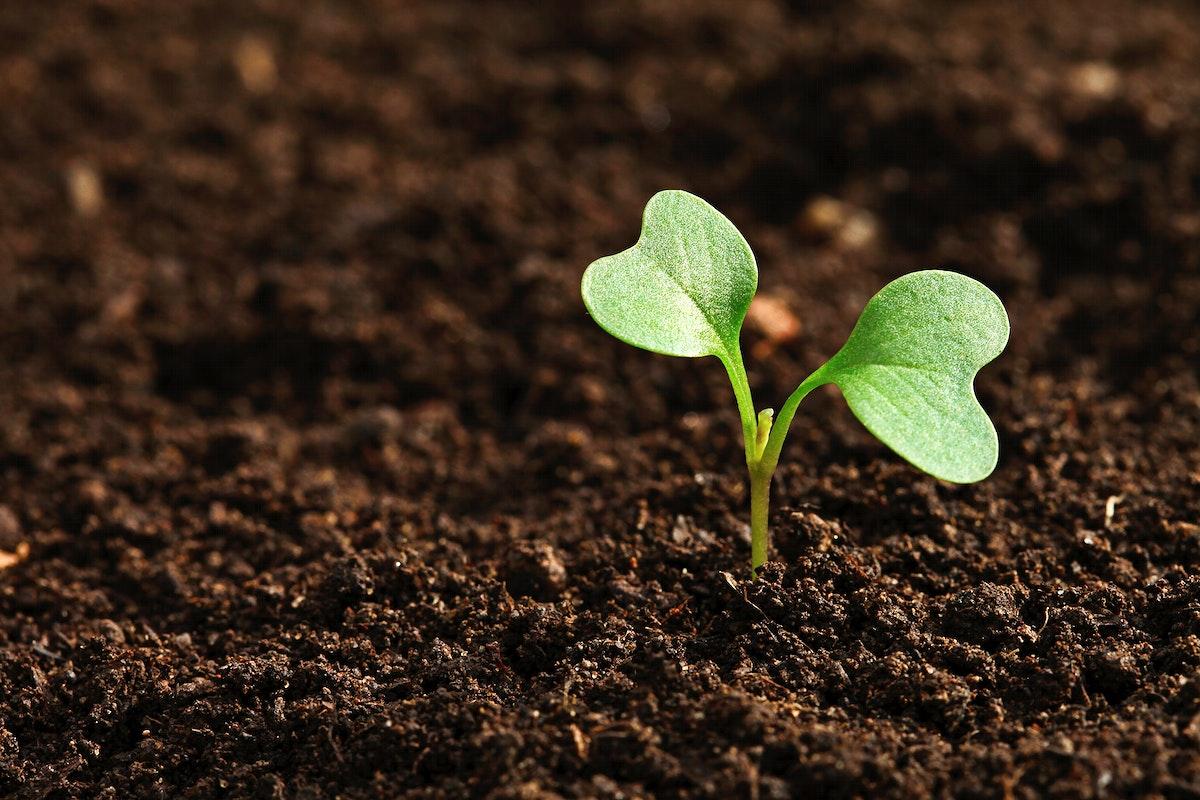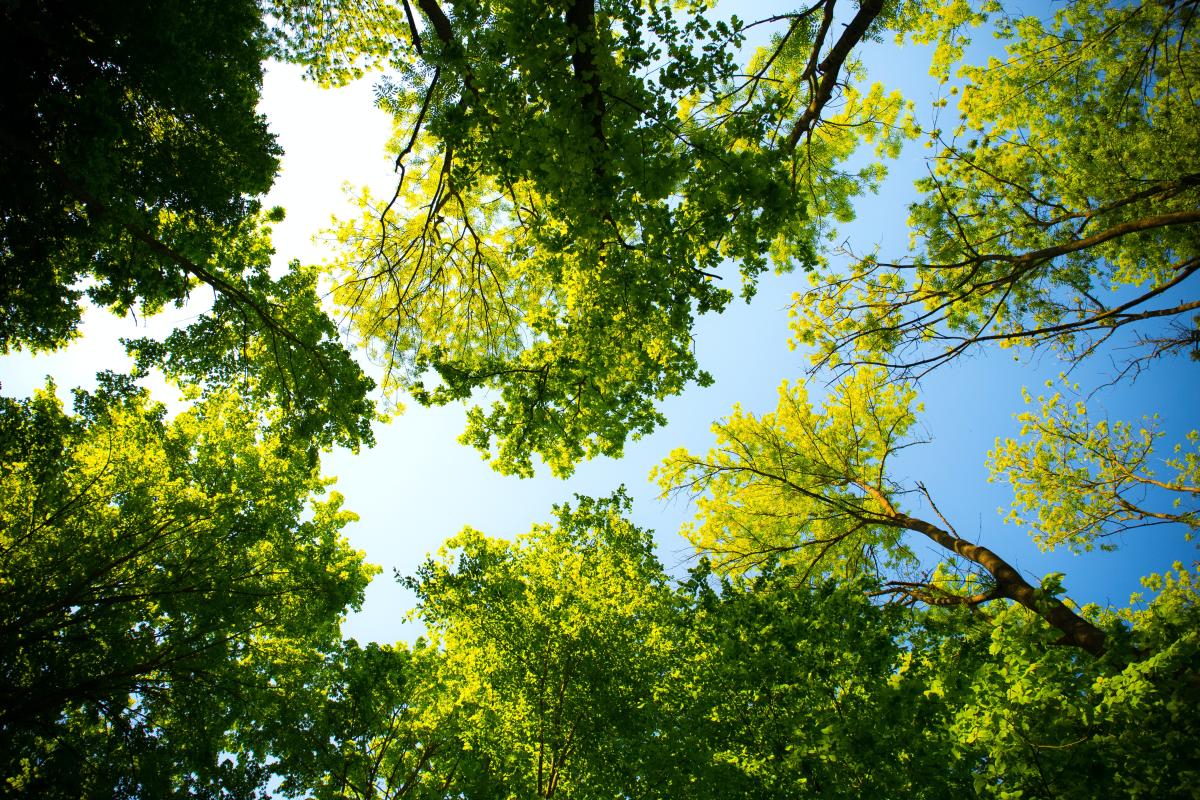
Preserving Pumpkins
by Tonya Page
Students will go through the process of counting pumpkin seeds and analyzing data through mean, median and mode as well as creating correlating graphs. Students will learn what causes fruit decomposition and be able to experiment with different preservation choices to determine the best way to preserve pumpkins.
Lesson Grade Level
6th GradeLesson Plan Link/URL
https://docs.google.com/presentation/d/1M2O8sq_YDKa5_Li5CAUQiUC1s_OJmdL7/edit?u…Subject Area
Science Life Science L1: Cells L2: Organisms & Energy Technology 1. Empowered Learner 5. Computational Thinker 6. Creative Communicator Engineering Mathematics Counting and Cardinality (CC) Number and Operations in Base Ten (NBT) Measurement and Data (MD) Number & Quantity (N) English Language Arts (ELA) Reading (Literature) Reading (Informational Text) Writing Speaking & ListeningRelated Content

Grades:
Kindergarten, 1st Grade, 2nd Grade
Teachers don't talk trash, they talk COMPOST!! Compost is the best way to teach students the value of community as they create a Classroom Compost Program. In this 3-day introductory lesson, students

Grades:
1st Grade
In this first grade set of lessons, students will participate in science, math, experiments, and literature questions. Read Apples by Gail Gibbons and learn about the importance of washing your hands.

Grades:
2nd Grade
Students will learn about the adaptation of camouflage through picture books and research. They will then learn about animals specific to the area. (In this lesson, we are using the Bill Williams